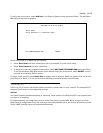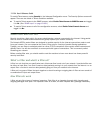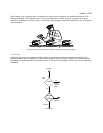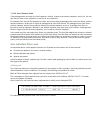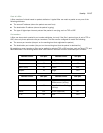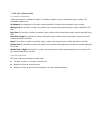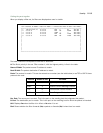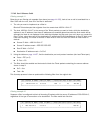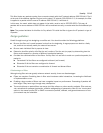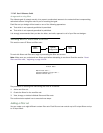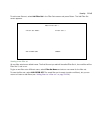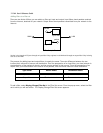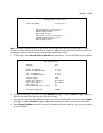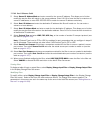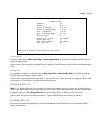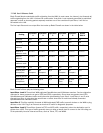Security 11-161
This filter blocks any packets coming from a remote network with the IP network address 200.233.14.0. The 0
at the end of the address signifies any host on the class C IP network 200.233.14.0. If, for example, the filter
is applied to a packet with the source IP address 200.233.14.5, it will block it.
In this case, the mask, which does not appear in the table, must be set to 255.255.255.0. This way, all
packets with a source address of 200.233.14.x will be matched correctly, no matter what the final address byte
is.
Note: The protocol attribute for this filter is 0 by default. This tells the filter to ignore the IP protocol or type of
IP packet.
Design guidelines
Careful thought must go into designing a new filter set. You should consider the following guidelines:
■ Be sure the filter set’s overall purpose is clear from the beginning. A vague purpose can lead to a faulty
set, and that can actually make your network less secure.
■ Be sure each individual filter’s purpose is clear.
■ Determine how filter priority will affect the set’s actions. Test the set (on paper) by determining how the
filters would respond to a number of different hypothetical packets.
■ Consider the combined effect of the filters. If every filter in a set fails to match on a particular packet, the
packet is:
■ Forwarded if all the filters are configured to discard (not forward)
■ Discarded if all the filters are configured to forward
■ Discarded if the set contains a combination of forward and discard filters
Disadvantages of filters
Although using filter sets can greatly enhance network security, there are disadvantages:
■ Filters are complex. Combining them in filter sets introduces subtle interactions, increasing the likelihood
of implementation errors.
■ Enabling a large number of filters can have a negative impact on performance. Processing of packets will
take longer if they have to go through many checkpoints.
■ Too much reliance on packet filters can cause too little reliance on other security methods. Filter sets are
not a substitute for password protection, effective safeguarding of passwords, caller ID, the “must match”
option in the answer profile, PAP or CHAP in connection profiles, callback, and general awareness of how
your network may be vulnerable.



